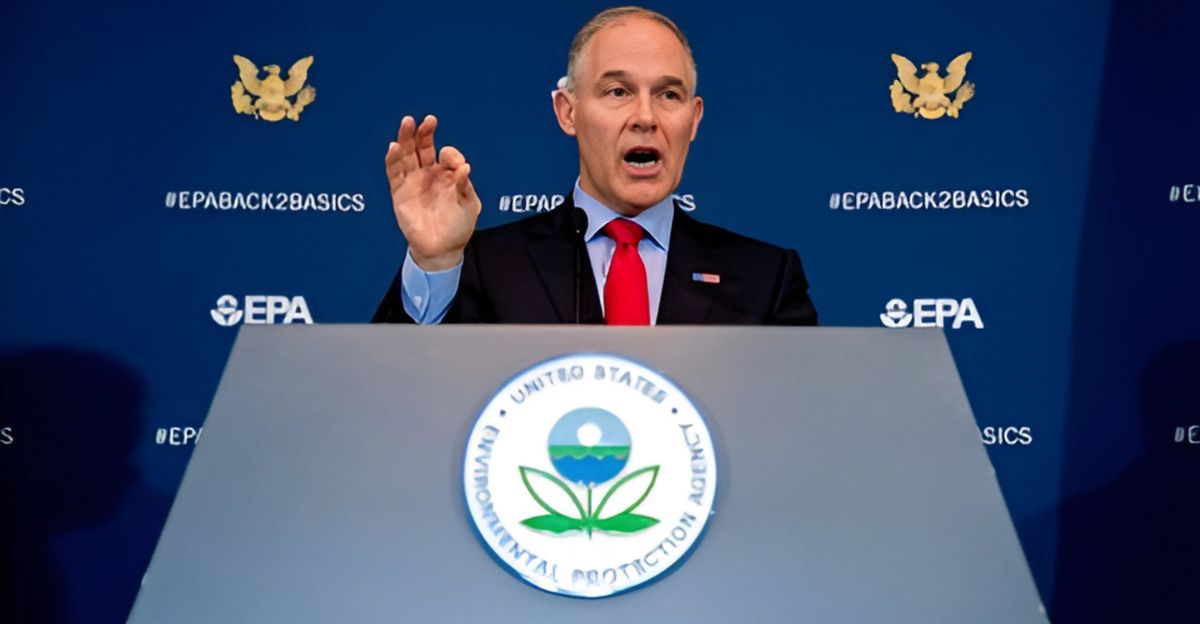
The EPA’s $20 billion Greenhouse Gas Reduction Fund was meant to be a game-changer for clean energy—but now, it’s under the microscope. Concerns over transparency and political bias have triggered an official review by the agency’s Inspector General and the Department of Justice. As debates heat up over accountability and climate policy, this investigation could reshape the future of green funding. What’s really at stake? Let’s dive in.
The EPA’s $20 Billion Green Fund Controversy
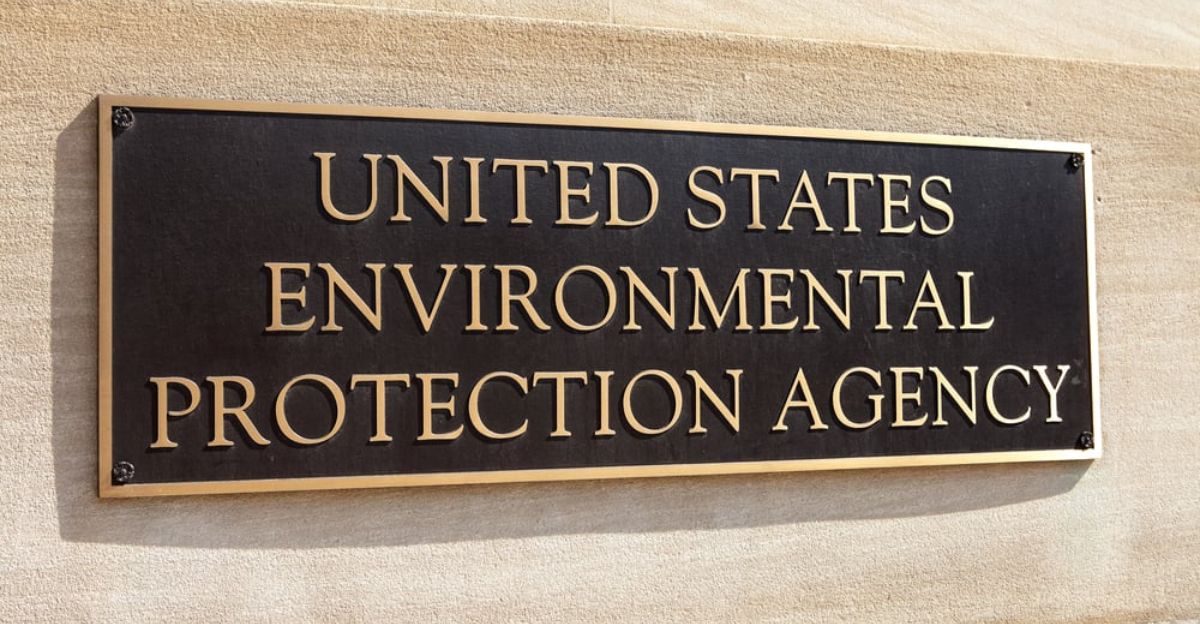
The Environmental Protection Agency’s (EPA) $20 billion Greenhouse Gas Reduction Fund (GGRF), established under the Inflation Reduction Act of 2022, aimed to bolster clean energy initiatives. However, recent developments have cast a shadow over its implementation. EPA Administrator Lee Zeldin terminated these grants, citing potential fraud and mismanagement concerns. This decision precedes a federal hearing about a lawsuit from a grant recipient seeking access to funds that Citibank had frozen for investigation.
The Role of the Inspector General in Ensuring Accountability
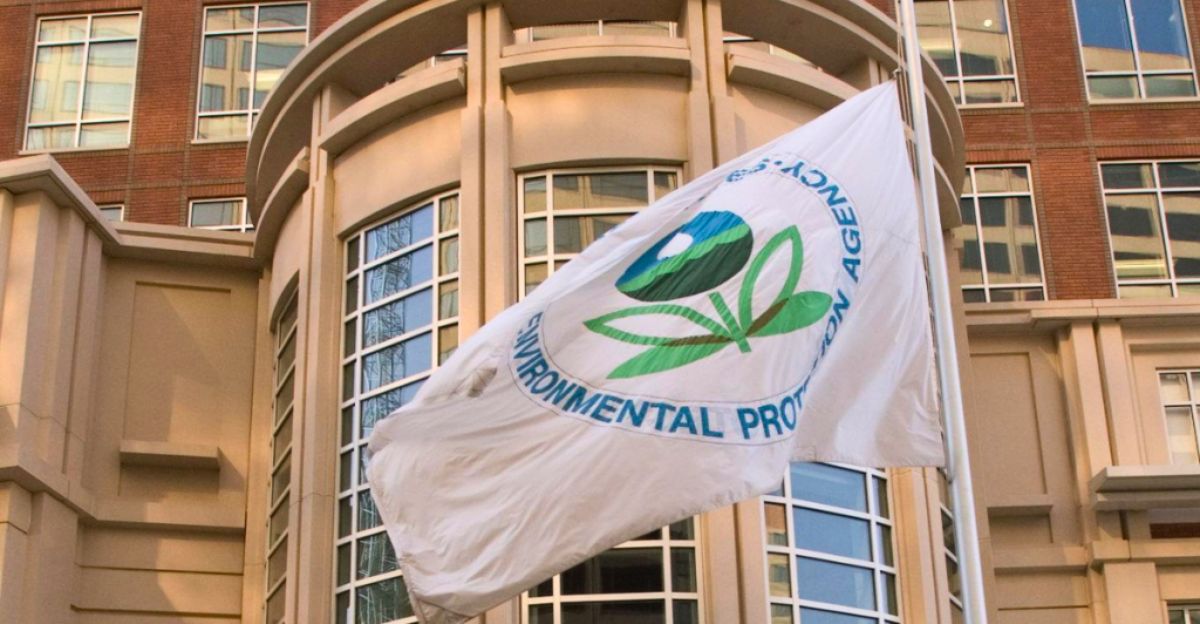
In light of these concerns, the EPA’s Office of Inspector General (OIG) has been called upon to investigate. The OIG serves as an independent watchdog, ensuring federal agencies operate within legal and ethical boundaries. Historically, the OIG has intervened in cases where the EPA overstepped its authority, underscoring the necessity of its involvement when procedural safeguards collapse.
Historical Precedents of EPA Mismanagement

This isn’t the first time the EPA has faced scrutiny over fund management. During the Reagan administration, the “Sewergate” scandal involved the misuse of Superfund monies, leading to convictions and resignations within the agency. Such historical parallels highlight the importance of vigilant oversight to prevent the recurrence of mismanagement.
Questionable Allocations to Newly Formed Entities
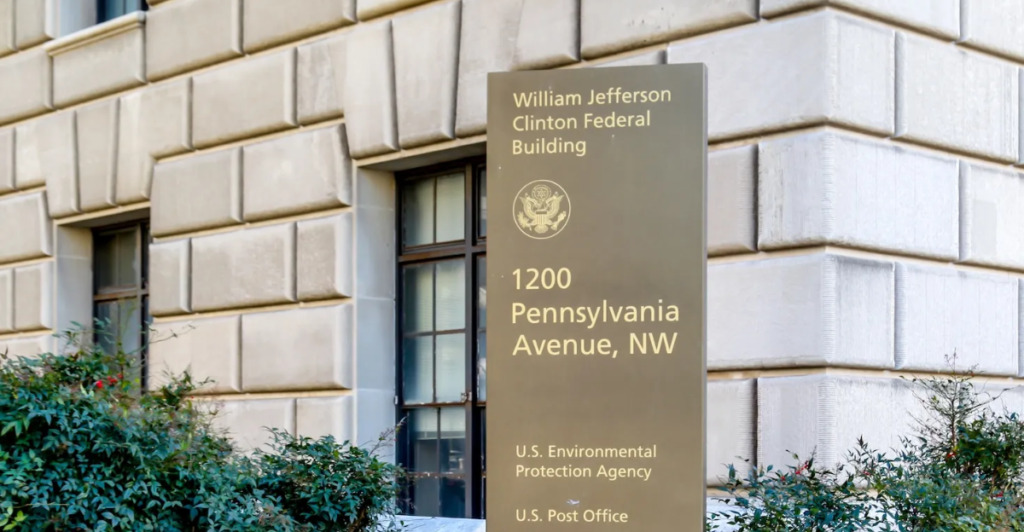
A significant portion of the GGRF was allocated to environmental groups established shortly before receiving funds. For instance, the Climate United Fund, founded just five months prior, received nearly $7 billion. Similarly, the Justice Climate Fund secured $940 million without submitting tax filings. These allocations raise concerns about the due diligence conducted before fund disbursement.
Potential Conflicts of Interest in Fund Distribution

Allegations have surfaced regarding funds being directed to organizations with political affiliations. Power Forward Communities Inc., associated with Stacey Abrams, received $2 billion despite minimal revenue. Such instances suggest possible conflicts of interest and underscore the need for impartial oversight.
Legal Challenges and the Freezing of Funds

In response to these concerns, Citibank, which was responsible for disbursing the funds, froze the accounts following a letter from the FBI. This action has led to financial distress for grant recipients, prompting legal challenges against the EPA and Citibank to release the funds. The outcome of this legal battle could significantly impact the future of green energy investments.
The Importance of Inspector General Oversight

Inspector General (IG) oversight is crucial in maintaining transparency and accountability within federal agencies. By investigating allegations of mismanagement, the IG ensures that taxpayer funds are used appropriately, thereby preserving public trust in governmental operations.
Potential Reforms to Enhance Accountability

To prevent future mismanagement, several reforms could be implemented:
- Real-Time Audits: Utilizing AI-driven dashboards to monitor fund allocation and detect anomalies.
- Third-Party Monitors: Engaging independent auditors to oversee fund distribution, reducing potential conflicts of interest.
- Whistleblower Incentives: Providing financial rewards for exposing fraud, modeled after the False Claims Act.
These measures could strengthen oversight and ensure funds achieve their intended environmental objectives.
The Psychological Aspect of Oversight

Behavioral psychology reveals how confirmation bias and groupthink can influence fund allocation decisions. The urgency to combat climate change may lead to moral licensing, where perceived “good intentions” justify lax oversight. Recognizing these cognitive biases is essential to implementing checks and balances effectively.
Oversight as a Catalyst for Progress

While some argue that investigations may stall climate initiatives, evidence suggests that oversight can enhance credibility and efficiency. For instance, past IG reviews have led to stricter standards, improving the scientific credibility of subsequent regulations. Thus, oversight can serve as a catalyst for more robust and effective environmental policies.
The Role of the Private Sector in Accountability

Private institutions, like Citibank, play a pivotal role in maintaining accountability. By freezing funds amid allegations of mismanagement, Citibank acted as a safeguard against potential misuse, illustrating how private entities can collaborate with federal investigators to uphold ethical governance.
Upholding Integrity in Environmental Funding
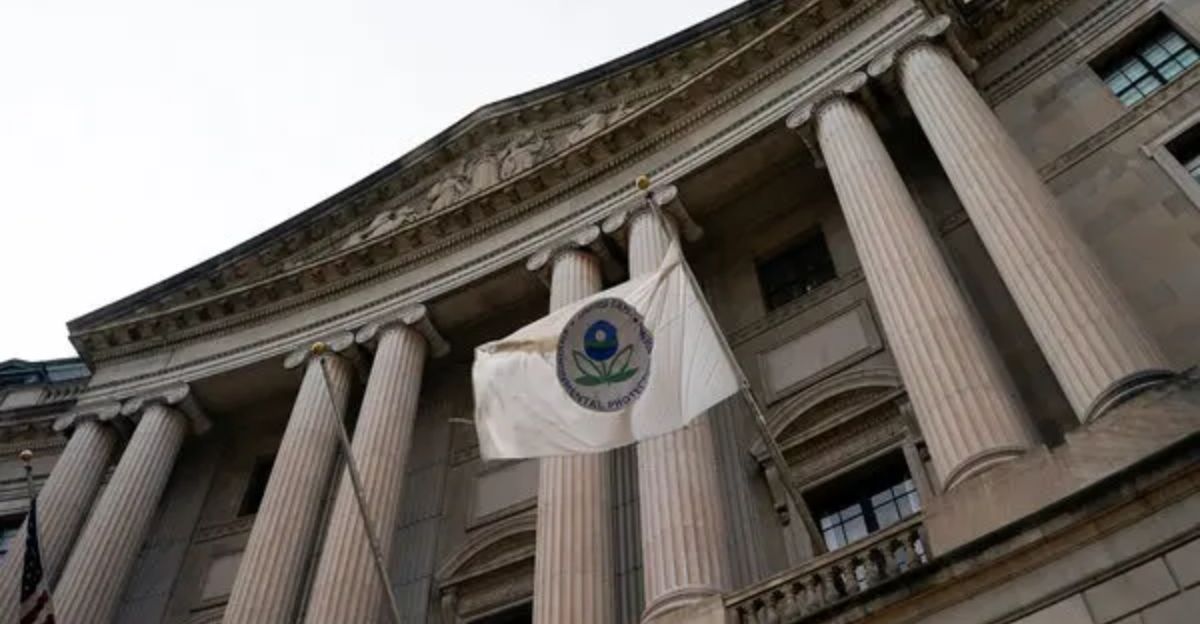
The scrutiny of the EPA’s $20 billion Green Fund underscores the imperative for transparency and accountability in environmental funding. Inspector General oversight is vital to ensure that such funds are managed responsibly, maintain public trust, and effectively address climate challenges.
Explore more of our trending stories and hit Follow to keep them coming to your feed!

Don’t miss out on more stories like this! Hit the Follow button at the top of this article to stay updated with the latest news. Share your thoughts in the comments—we’d love to hear from you!







